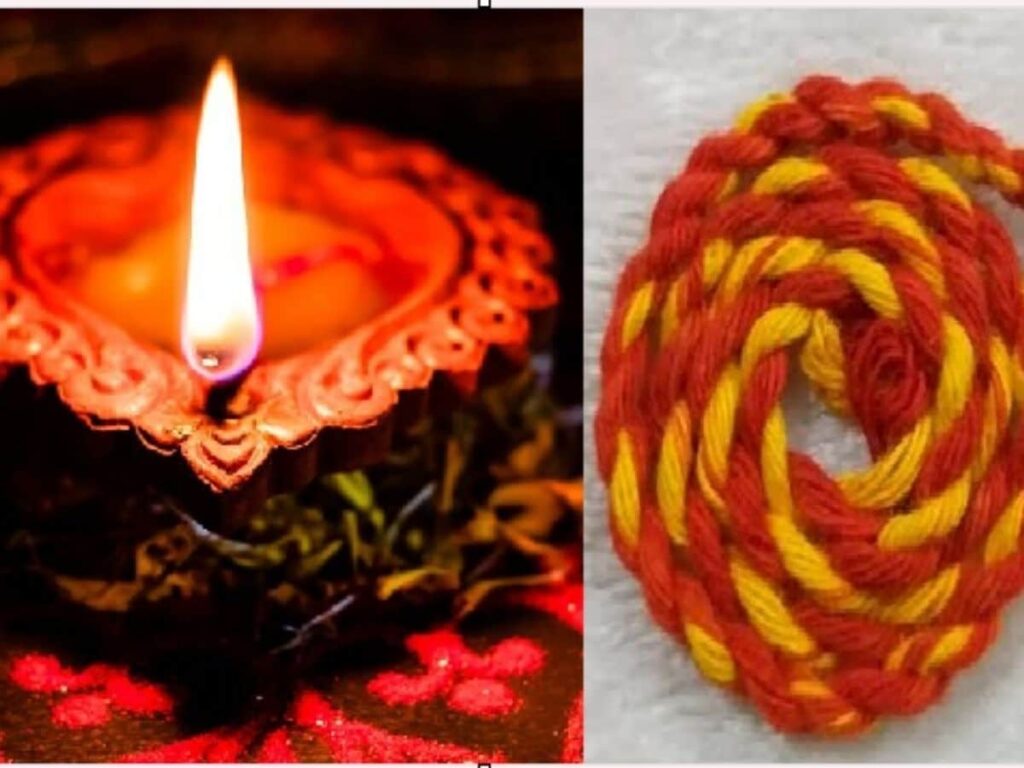Akhand Jyoti, a perpetual lamp often used in spiritual practices, holds significant importance in various religious rituals and ceremonies. It symbolizes the continuous presence of divine energy and is believed to purify the surrounding environment. To create an effective Akhand Jyoti, it is crucial to follow specific guidelines both in its preparation and maintenance. This article outlines essential tips for making and maintaining an Akhand Jyoti, along with the significance of its components.
Understanding Akhand Jyoti
Akhand Jyoti is traditionally lit during puja ceremonies and is kept burning for extended periods. This lamp not only serves as a source of light but also represents eternal bliss and the unending nature of the soul. Following proper guidelines ensures its longevity and effectiveness.
Materials Required
Before we dive into the process of making Akhand Jyoti, let’s list the essential materials needed:
| Material | Purpose |
|---|---|
| Earthen Lamp (Diya) | Holds the oil/wax and wick; considered pure |
| Pure Ghee or Oil | Fuel for the lamp; preferred is cow ghee for its purity |
| Cotton Wick | Conducts the fuel to sustain the flame |
| Herbs or Spiritual Items | Optional but can enhance the spiritual properties |
Steps to Prepare Akhand Jyoti
1. Select a Suitable Location
Choose a clean, sacred space for placing the Akhand Jyoti. Ideally, it should be positioned at a height to enhance visibility and respect.
2. Prepare the Earthen Lamp
Ensure the lamp is thoroughly cleaned to remove any impurities. You can bless it with sacred water or perform a small prayer to invoke positive energy.
3. Wick Preparation
Take a cotton wick and ensure that it is of appropriate length, around 4-6 inches to enable a steady burn. The wick should be twisted to allow better absorption of oil or ghee.
4. Filling the Lamp with Fuel
Fill the lamp with pure ghee or oil, leaving enough space for the wick. If desired, you can add a few drops of natural herbal essence to enhance aromatic properties.
5. Lighting the Jyoti
Using a matchstick or lighter, carefully ignite the wick. It is suggested to recite a prayer or mantra while lighting the lamp, adding spiritual significance to the act.
6. Maintenance Tips
- Regularly check the wick’s length and trim it if it’s too long, to prevent soot build-up.
- Ensure the lamp is filled with oil or ghee to avoid extinguishing the flame.
- Cleansing the lamp and surrounding area regularly to maintain purity.
Significance of Akhand Jyoti
The Akhand Jyoti is not merely a source of light; it is a profound representation of faith, devotion, and the continuity of life. The consistent flame signifies the soul’s immortality and is revered in numerous spiritual circles. It is believed to bring peace, tranquility, and blessings to the environment where it is lit.
Conclusion
Creating an Akhand Jyoti involves more than just the physical act of lighting a lamp. It requires an understanding of its significance, a commitment to maintaining it properly, and a devotional mindset. By following the outlined steps and utilizing the right materials, you can ensure that your Akhand Jyoti remains a source of light, purity, and divine energy, continuously radiating positivity in your home. Embrace this spiritual practice and let the flame guide your path towards enlightenment.
